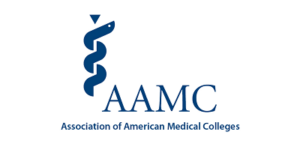Updated physician shortage projections smaller but still significant
Editor's Note
The gap between demand and supply could result in a shortage of 13,500 to 86,000 physicians by 2036, according to updated projections published March 21 by the Association of American Medical Colleges (AAMC).
Although these figures are smaller than projections in the last report, published in 2021, they are also contingent on future growth in medical residency positions. Further, his growth will depend on continued growth in investments in graduate medical education (GME). “In the absence of such funding increases, the projected shortfalls would be much more severe,” the report reads. “Specifically, without support beyond current levels, GME growth will not continue, and future shortages will be much worse than what is presented in this report — closely resembling those presented in the 2021 report, which projected a shortfall of up to 124,000 physicians by 2034.”
Among all specialties, primary care is expected to experience the most significant shortage, which AAMC estimates at between 20,200 and 40,400 by 2036. For surgical specialties, the shortage is projected to be between 10,100 and 19,900 physicians by 2036. For medical specialties, estimates range from a shortage of 5,500 to a surplus of 3,700 physicians, while estimates for “other” specialties range from a shortage of 19,500 toa surplus of 4,300.
The report cites population growth and aging as the primary drivers of increasing demand for physicians, who are increasingly reaching retirement age. It also notes that COVID-19 also has raised awareness of disparities in health and access to care by minority populations, people living in rural communities, and people without medical insurance. “If underserved populations had fewer access barriers, demand would rise such that the nation would be short by approximately 117,100 (14%) to 202,800 (24%) physicians relative to the current supply.”
Read More >>

 Free Daily News
Free Daily News